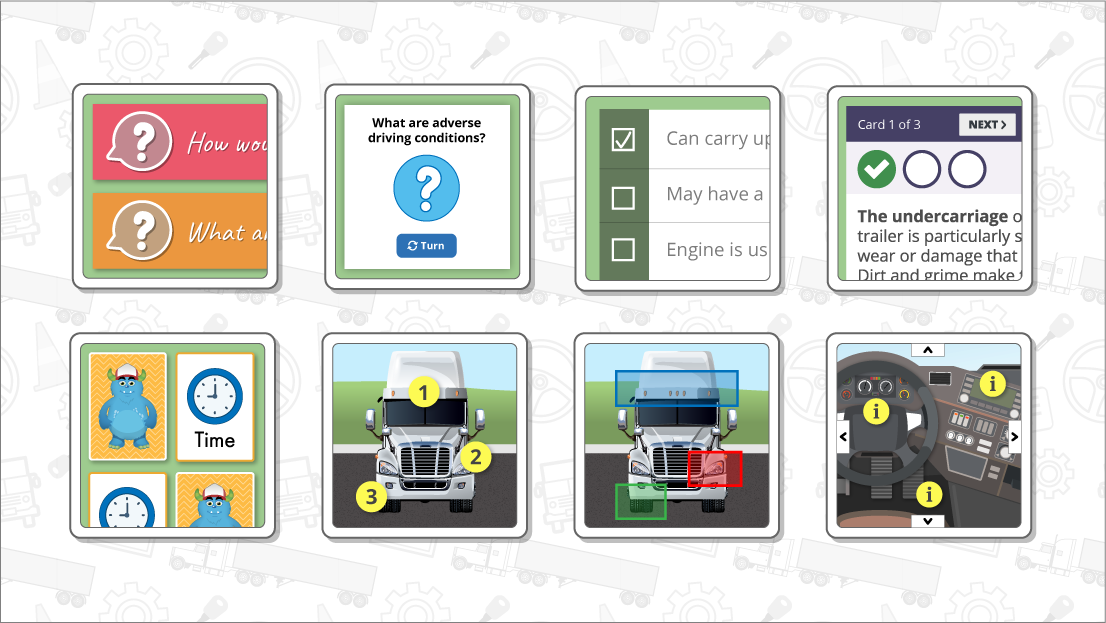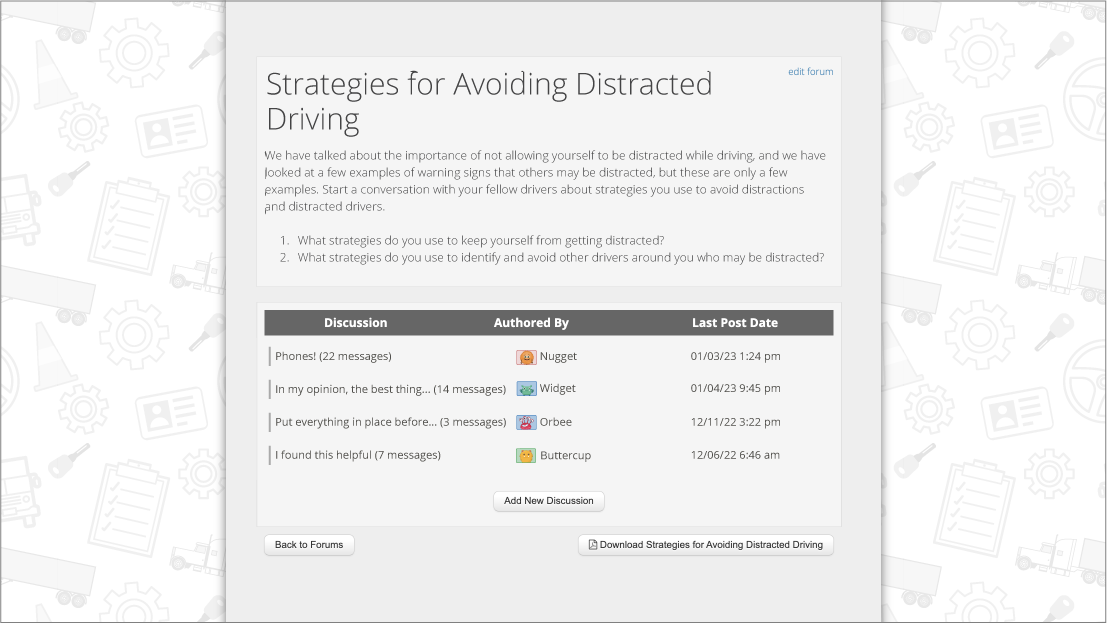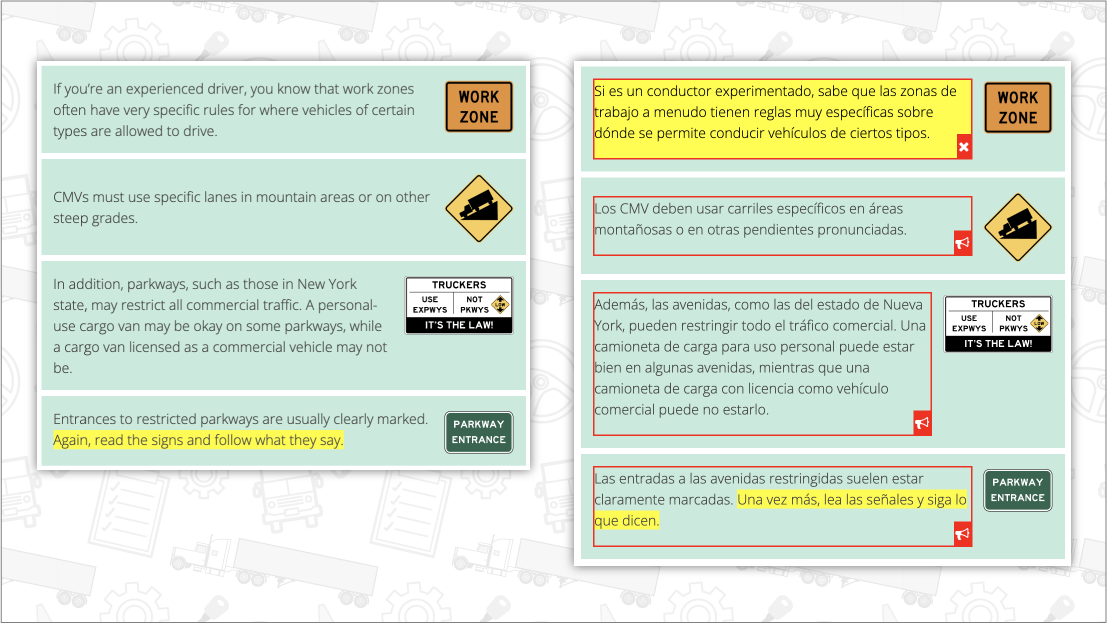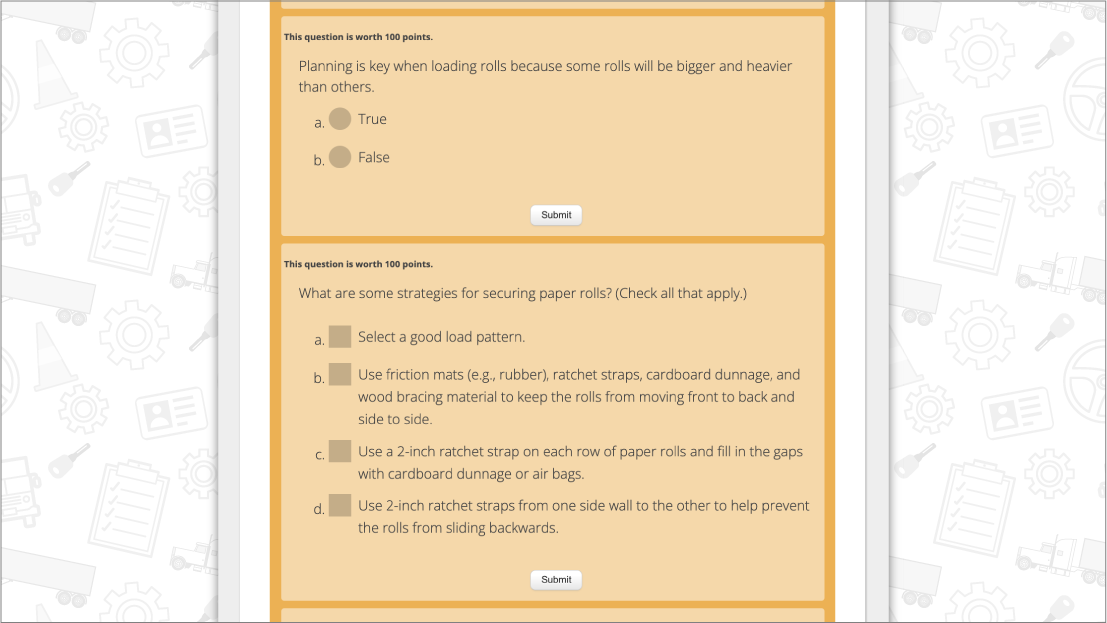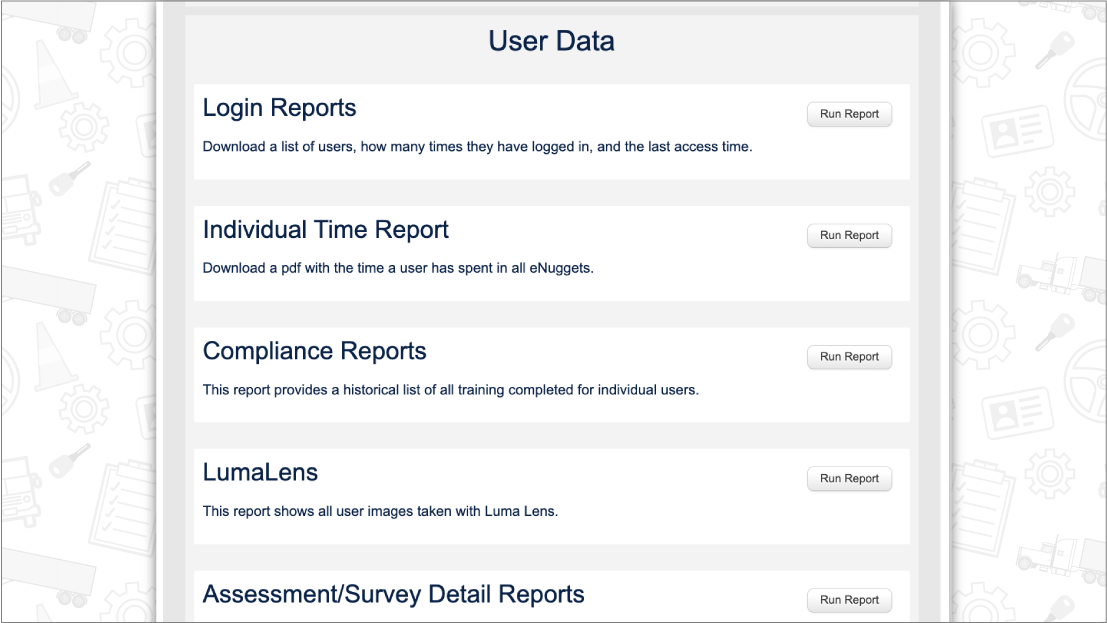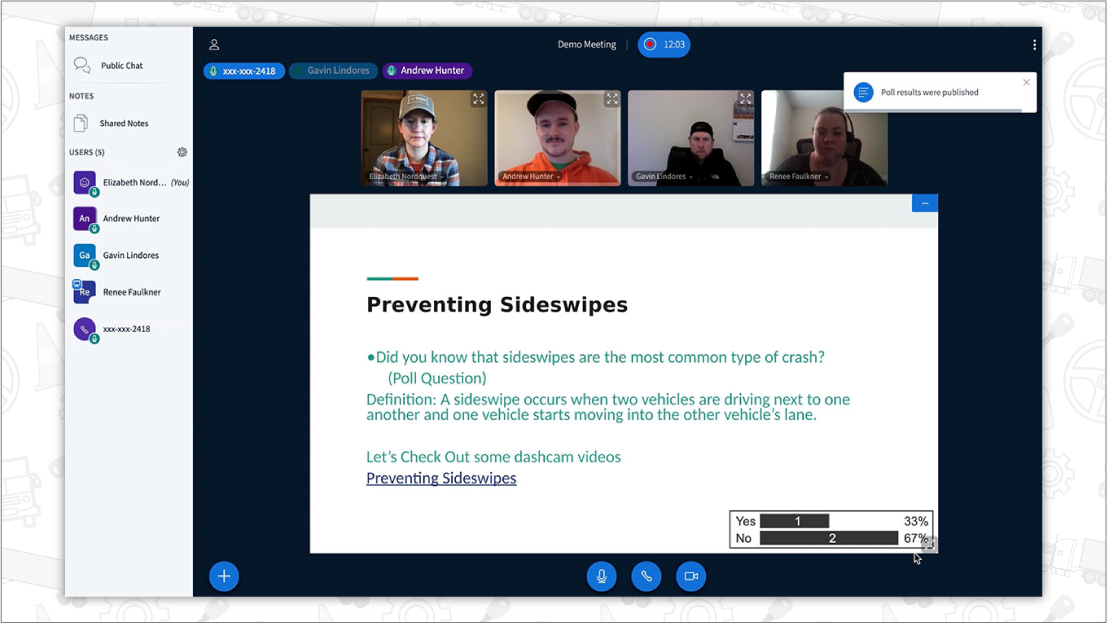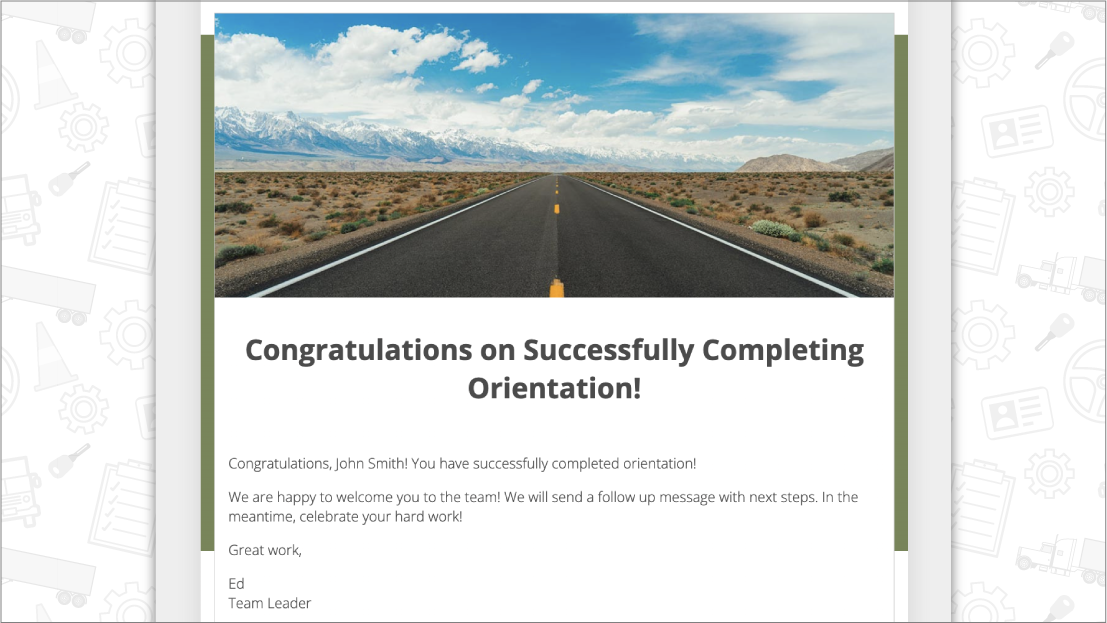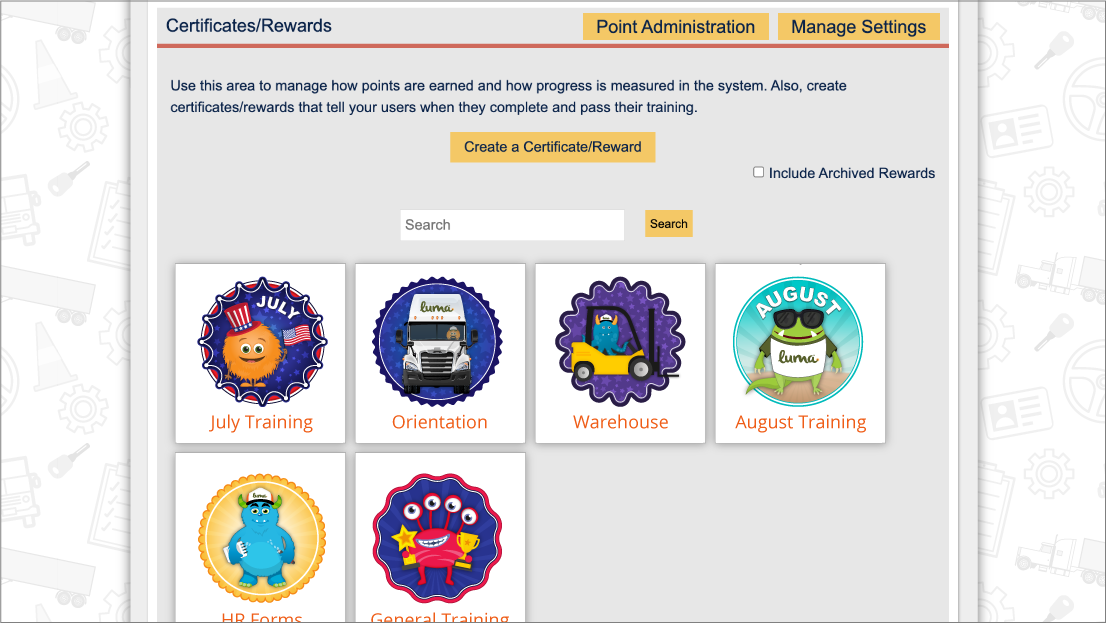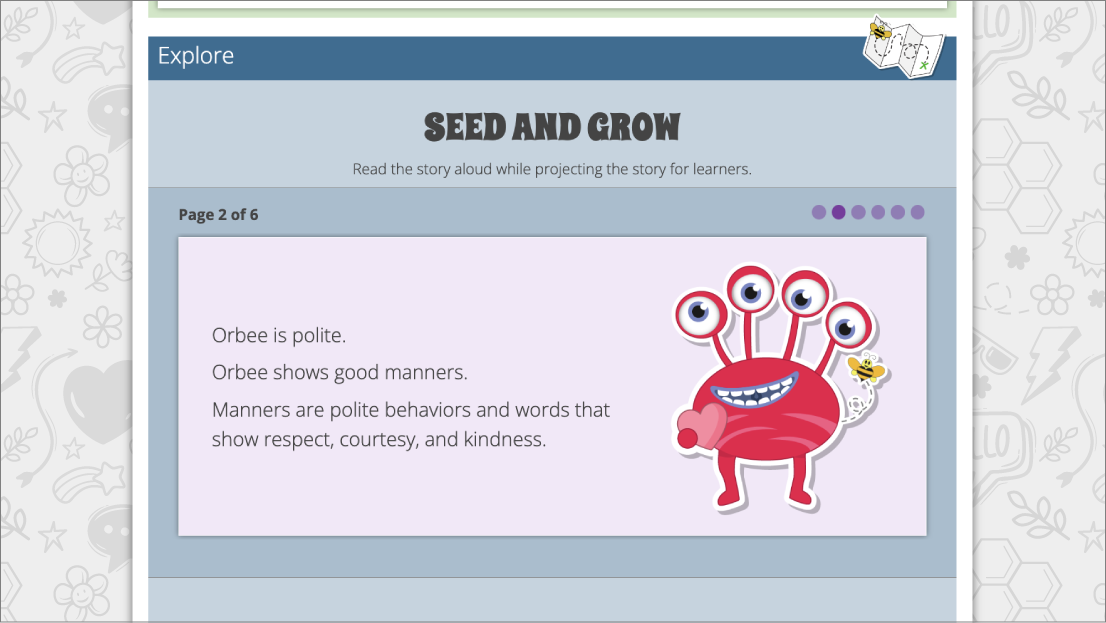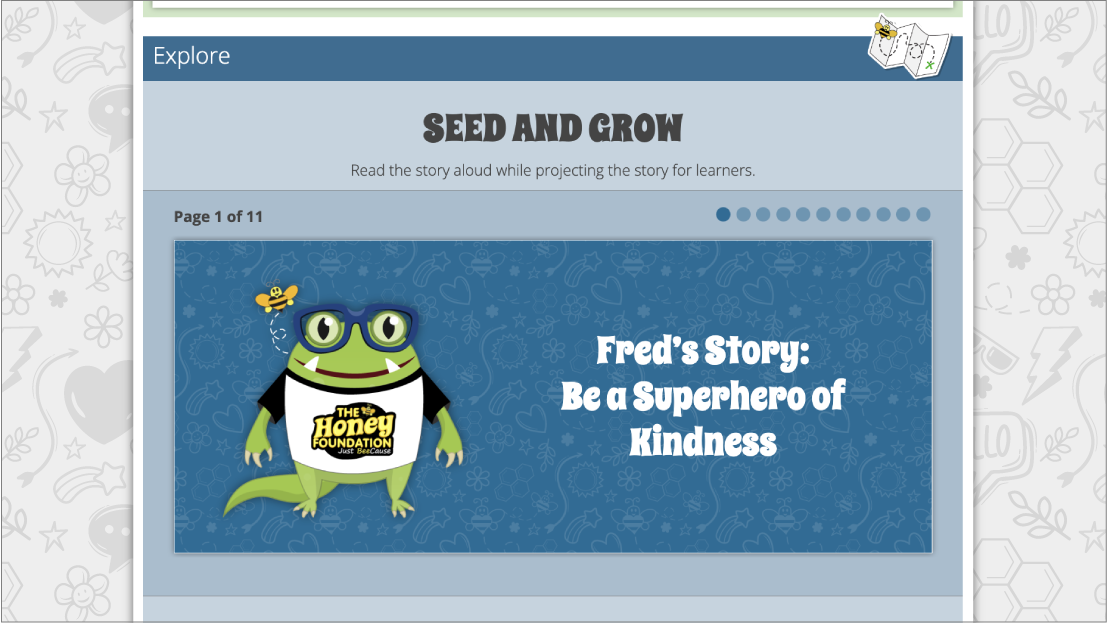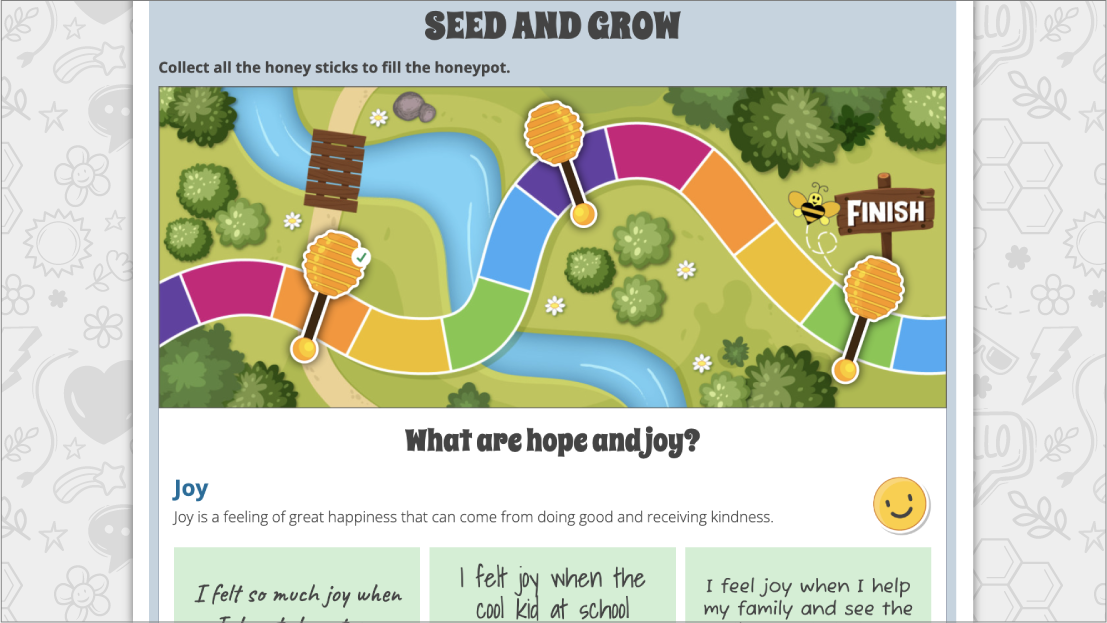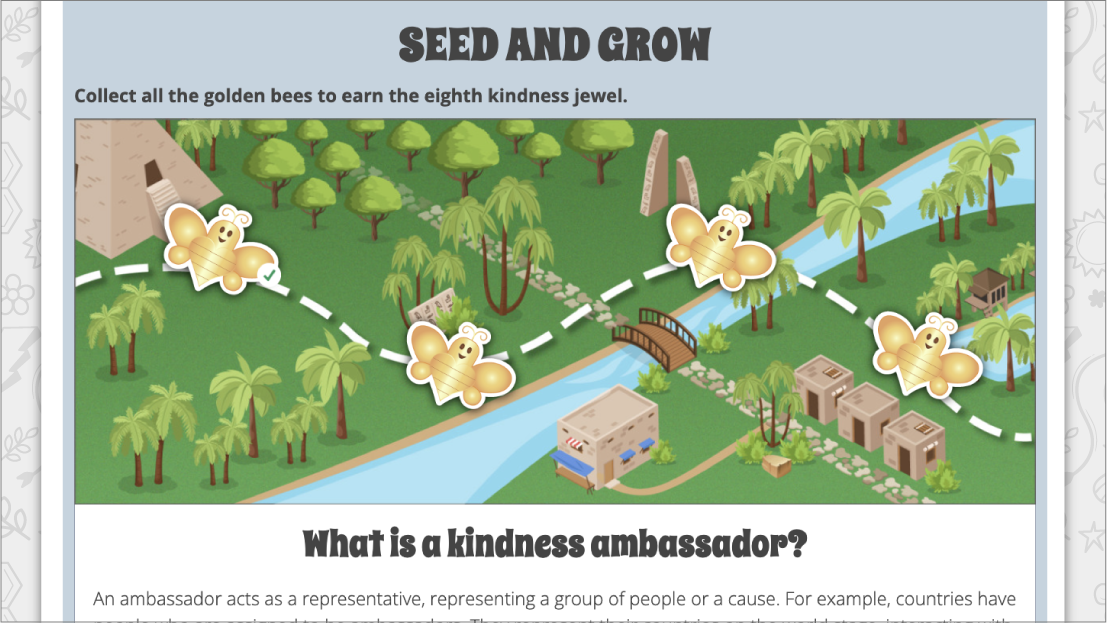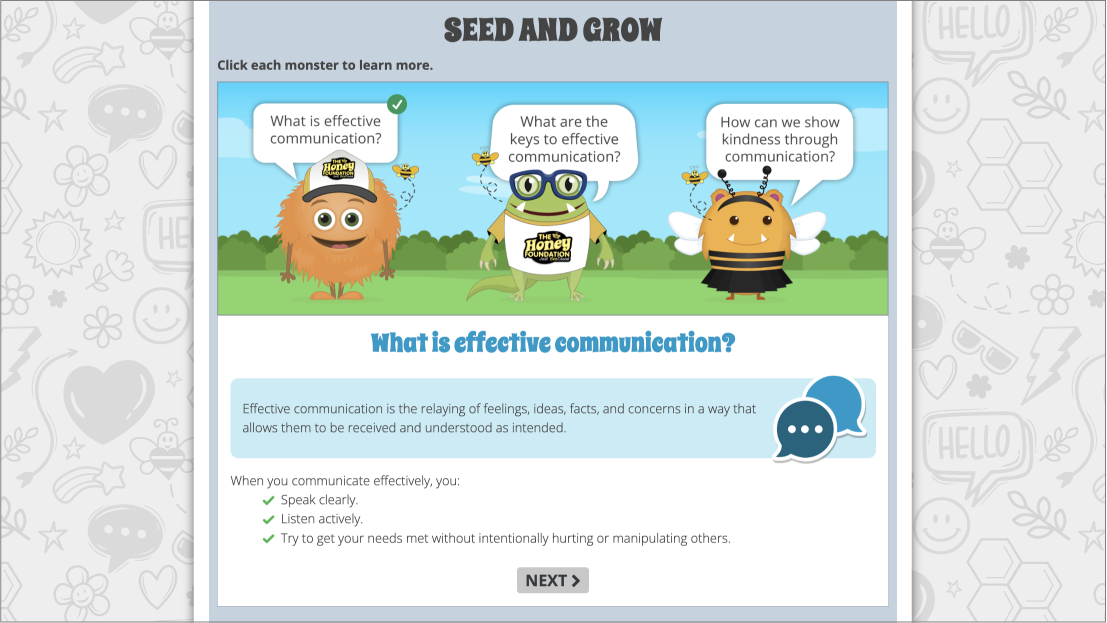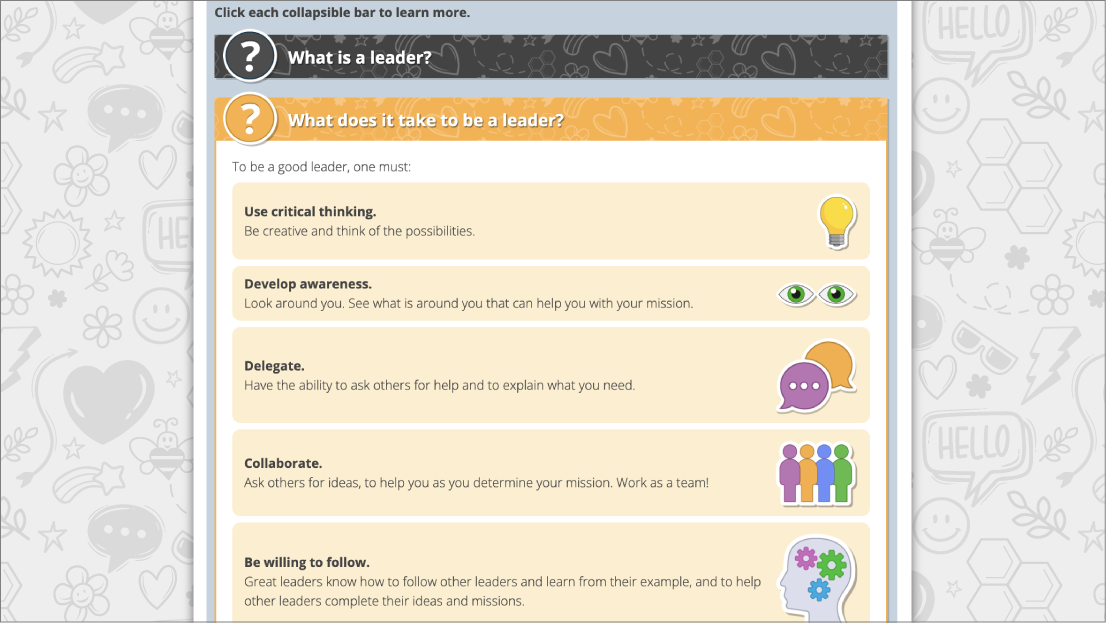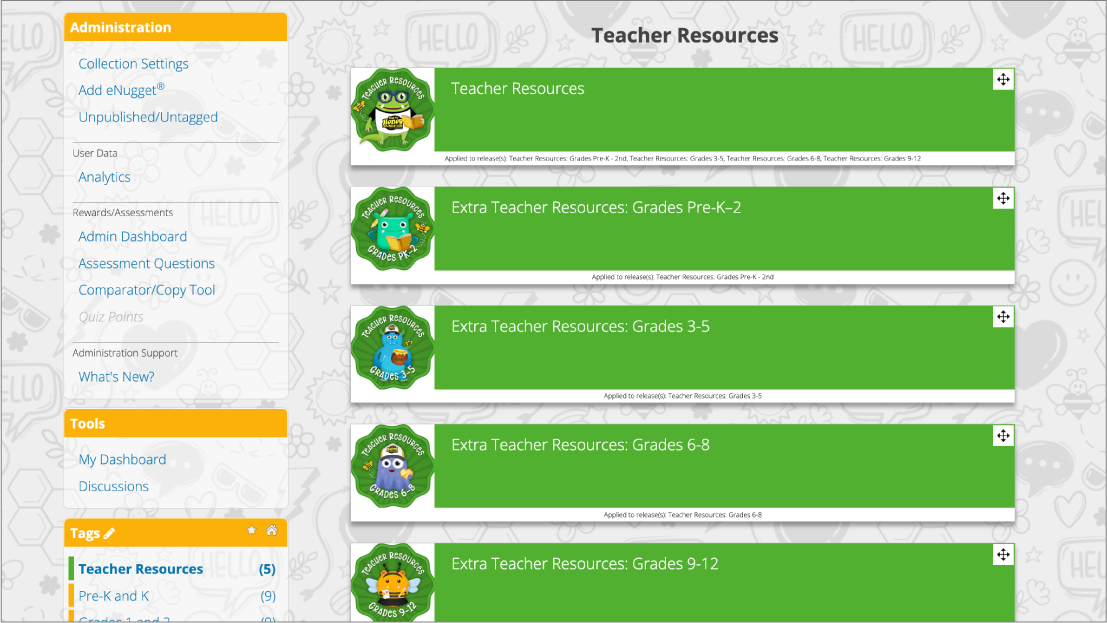
Emergency Preparedness for a Natural Disaster
This week’s Learning Lesson deals with emergency preparedness. It is always important to have a plan and make sure you are ready for an emergency before it happens. This learning lesson will help you get prepared.
 Have your heard? Our Learning Lessons have been collected into a book available for purchase on Amazon.com! Teaching Without A Teaching Degree: Luma Learning Lessons contains 52 lesson plans and worksheets with 106 different teaching strategies designed for the trucking industry that can easily be adapted to suit any age and content topic.
Have your heard? Our Learning Lessons have been collected into a book available for purchase on Amazon.com! Teaching Without A Teaching Degree: Luma Learning Lessons contains 52 lesson plans and worksheets with 106 different teaching strategies designed for the trucking industry that can easily be adapted to suit any age and content topic.Our free Luma Learning Lessons include objectives, estimated time, materials and instructional procedures for classroom and online/blended teaching. We will provide strategies on how to use our new LumaLive technology to collaborate virtually in real-time. We include these pillars from our learning research to illustrate where they are infused in our lessons.
Interaction Types

For decades there has been discussions of interaction types in education. (Anderson, 2003) Most interaction types observed in driver training traditionally are learner to instructor or learner to content. Moreover, most interaction time with driver training and orientation is synchronous or at the same time. This Learning Strategy is going to help you think about ways you can hold training without a physical classroom.
Interaction Time
The following Lesson is broken down into two different interaction times.
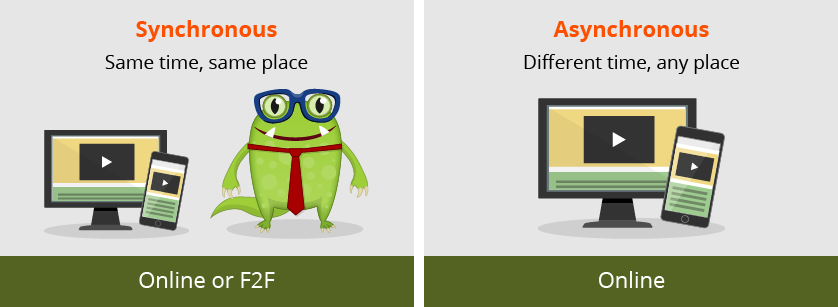
Objectives
|
||
Estimated Time60 minutes |
||
Materials
|
(or at the same time without a classroom)
- Meet in Luma Live or a similar technology.

 Poll: Ask the group, how many of you have been involved in a natural disaster? Feel free to spend a few minutes at the beginning discussing personal experiences.
Poll: Ask the group, how many of you have been involved in a natural disaster? Feel free to spend a few minutes at the beginning discussing personal experiences.

 With the large group, share the Word Cloud Worksheet on your screen. See how many different types of natural disasters you can come up with as a group. Feel free to add more clouds if needed.
With the large group, share the Word Cloud Worksheet on your screen. See how many different types of natural disasters you can come up with as a group. Feel free to add more clouds if needed.

 Review the Answer Key with the group.
Review the Answer Key with the group.


 Ask, What types of items should you include in an emergency preparedness list? Instead of telling them upfront, have the learners make their own lists.
Ask, What types of items should you include in an emergency preparedness list? Instead of telling them upfront, have the learners make their own lists.

 Send out through email or an eNugget®, the Emergency Preparedness for a Natural Disaster Picture Highlight Handout, give them time to find the images. Have them compare this list with the list they made.
Send out through email or an eNugget®, the Emergency Preparedness for a Natural Disaster Picture Highlight Handout, give them time to find the images. Have them compare this list with the list they made.- Option: Give out prizes for anyone that finds all the images in the picture. Make learning fun! Maybe flashlights or batteries.

 Discuss the purpose of each of the items with the learners.
Discuss the purpose of each of the items with the learners.



 Scavenger Hunt. Have learners go around and see how many of these items they have on hand. They should collect them and make a list of items they need to purchase. Give them a time limit.
Scavenger Hunt. Have learners go around and see how many of these items they have on hand. They should collect them and make a list of items they need to purchase. Give them a time limit.
 Once they have all their items collected, have them take a picture and show it or chat it to the group. Encourage learners to purchase items they do not have with them. Vehicle emergency kits are for sale on the internet and truck supply stores. They can be a good start on the emergency supplies you need to carry.
Once they have all their items collected, have them take a picture and show it or chat it to the group. Encourage learners to purchase items they do not have with them. Vehicle emergency kits are for sale on the internet and truck supply stores. They can be a good start on the emergency supplies you need to carry.
(or not at the same time)

 Send out the Natural Disaster eNugget® or similar online content.
Send out the Natural Disaster eNugget® or similar online content.- Set up a discussion board with the following questions:

 Choose a question to respond to.
Choose a question to respond to.
- Scavenger Hunt. Collect items for your emergency kit. Snap an image to show us the items you collected.
- What items are in your emergency kit? Tell us why you selected them. Why are they necessary?
- What items are missing from your kit?
- Review a colleagues post and give them a tip on where they can purchase or find the missing item.
- Scavenger Hunt. Collect items for your emergency kit. Snap an image to show us the items you collected.
- Option: Give out prizes to anyone that has collected all items for the emergency kit. Maybe flashlights or batteries.
Reference:
Anderson, T. (2003). Modes of interaction in distance education: Recent developments and research questions. Handbook of distance education, 129-144.
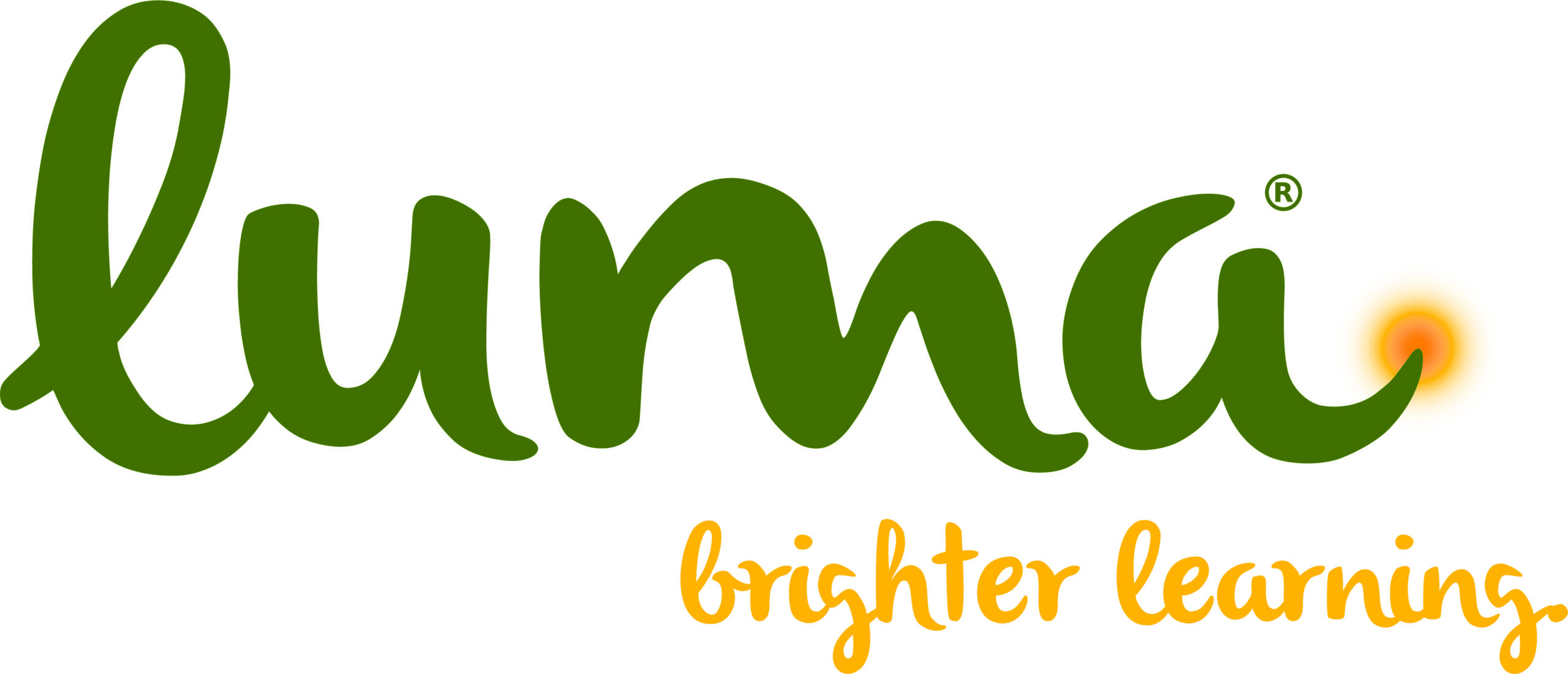
 Luma® is a learning and instructional design company that is always coming out with new training topics. Need something specific? Give us a call at (574) 807-8148 ext 5 or email
Luma® is a learning and instructional design company that is always coming out with new training topics. Need something specific? Give us a call at (574) 807-8148 ext 5 or email 